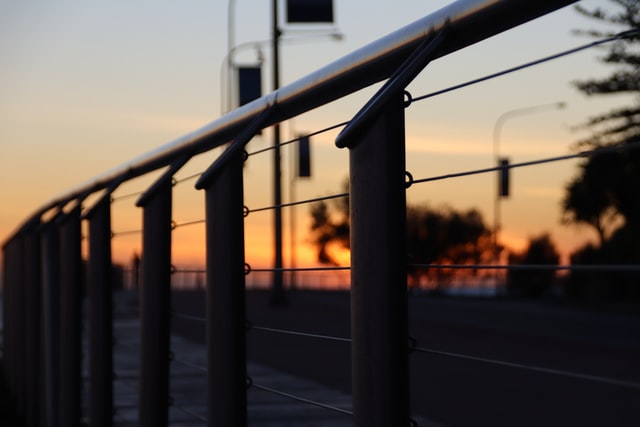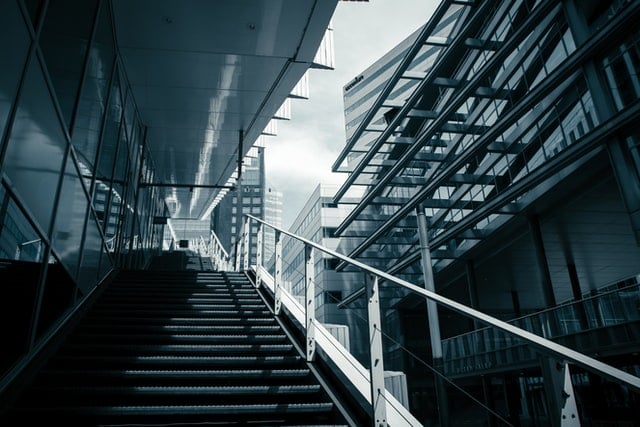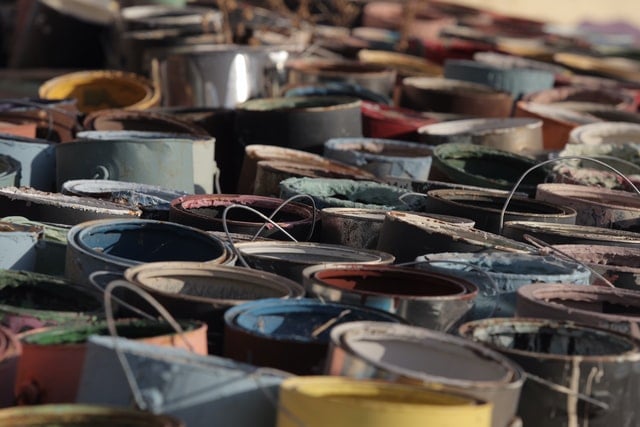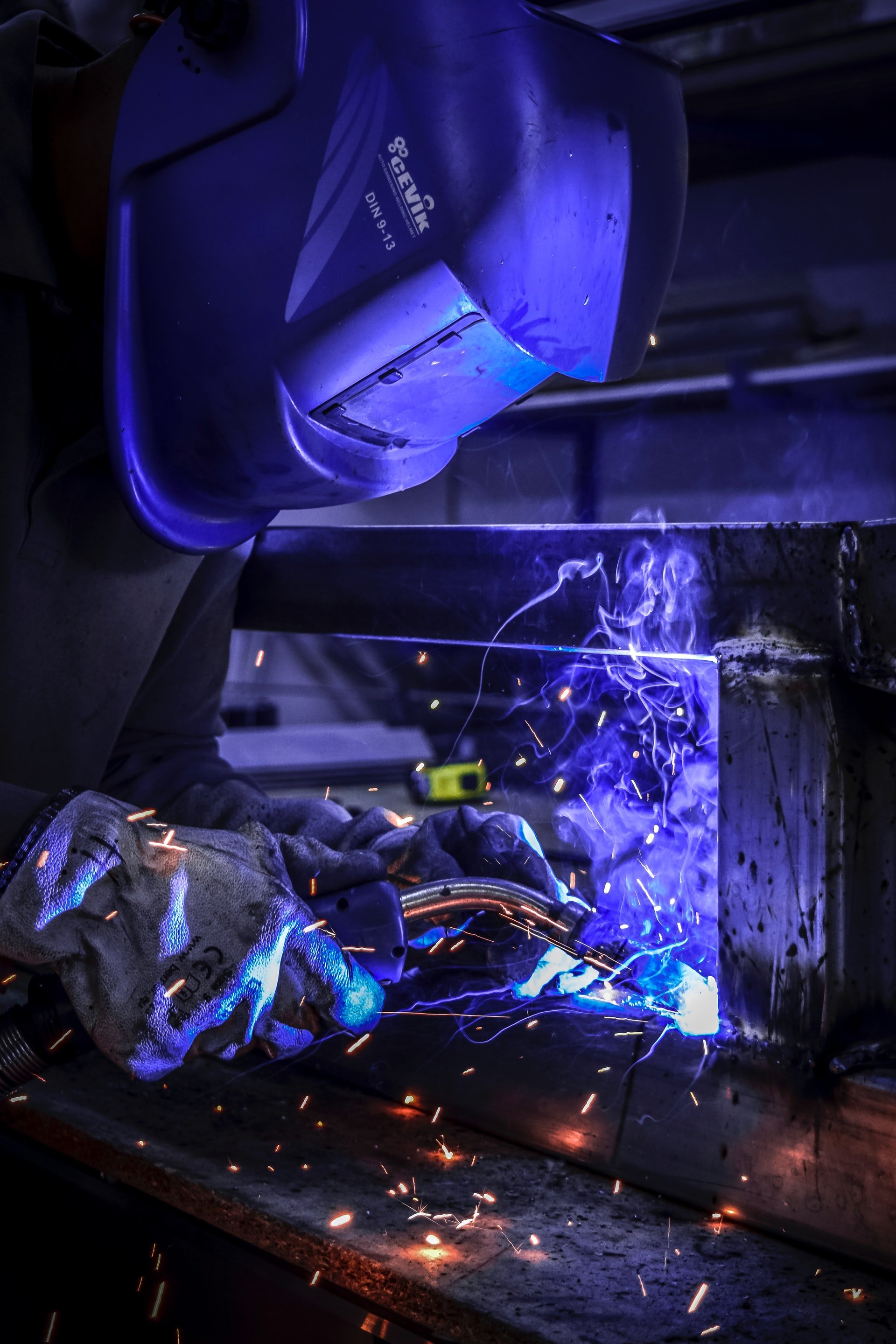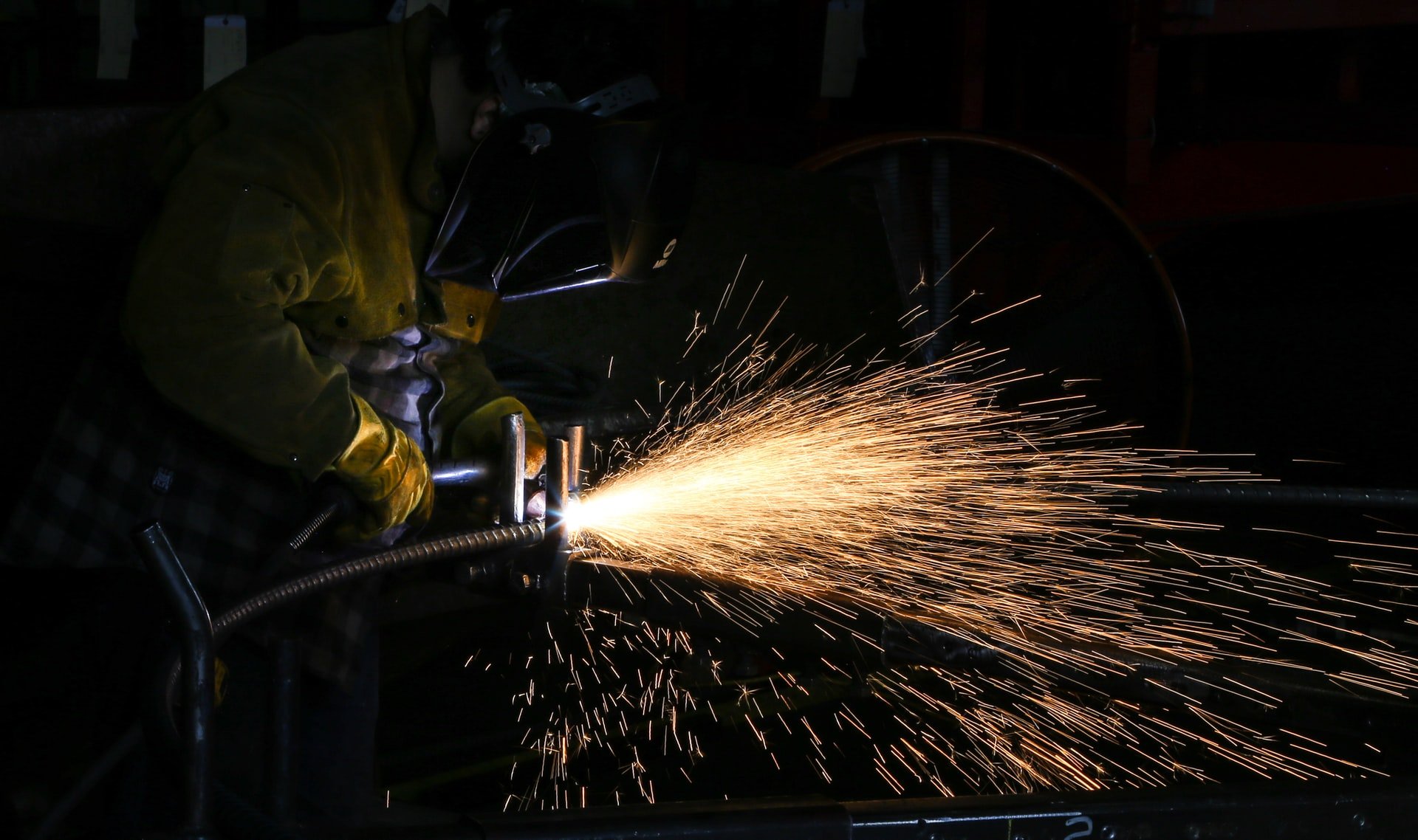
Grit blasting involves abrading an object’s surface by directing a high stream jet of some abrasive medium at it in order to remove contaminants. One of the most well-known examples is what is commonly called “sand blasting” where a stream of sand particles forms a high velocity stream to remove rust and dirt from an object or a surface such as a concrete path. Usually the stream is dry and is propelled by compressed air but wet blasting is also performed. Grit blasting falls in the middle between shot blasting and soda blasting as regards the degree of abrasiveness it imparts.
Media Type & Size
The granular dimensions of the abrasive medium is categorised by grit size. For example, 80 grit is around 165 microns thick, while 120 grit averages at around 102 microns. The choice of grit size and media depends entirely on the job in hand. At one extreme you have shot blasting where steel shot is fired at the surface and can actually indent the surface and form patterns, such is the force involved and hardness of the medium. At the other extreme is soda blasting that uses literally bicarbonate of soda (baking soda) for extremely delicate and sensitive tasks.
Grit blasting falls in between and media can include organic and biodegradable substances such as corn husks and walnut shell as well as inert substances such as ceramics, glass beds and crushed glass. There is no hard and fast rule about what media you should use. It takes experience, trial and error to learn what works best in any given situation.
Blast Media Recovery
Generally speaking, the harder the media easier it is to separate out the contaminants it has removed and then recycle the media while discarding the contaminants. For this reason, shot blasting has a very high recovery rate while soda blasting is the complete opposite with practically nil recovery and recycling. Somewhere in the middle lies grit blasting, with harder media delivering a higher recovery rate than softer or organic options. Silicon carbide and aluminium oxide based grits are considered extremely hard.
4 Benefits Of Grit Blasting
Grit blasting has become an extremely popular surface treatment method for several reasons:
- The equipment needed for grit blasting is relatively inexpensive
- It is faster than traditional methods such as sanding down or wire brushing a surface to prepare it
- It is also more efficient and does a better job of removing contaminants such as rust, leaving the surface ready for painting
- It is relatively inexpensive and many types of abrasive media can be recovered and recycled
Is Grit Blasting The Best Method For Your Application?
Grit blasting is now a generic term for several sub-categories of treatment methods. Long gone are the days when literally blasting with sand was the generally accepted method. There are specialist techniques such as dry ice blasting or pencil blasting and many others too.
For industrial and commercial applications such as restoring older vehicles and components, grit blasting is very often the standard approach because it works very well. However, it is always best to consult with professionals who will be happy to advise you on the best approach for your particular application.
Contact us today to ask for more information about our surface preparation services as well as our powder coating and hot zinc spraying treatments.




